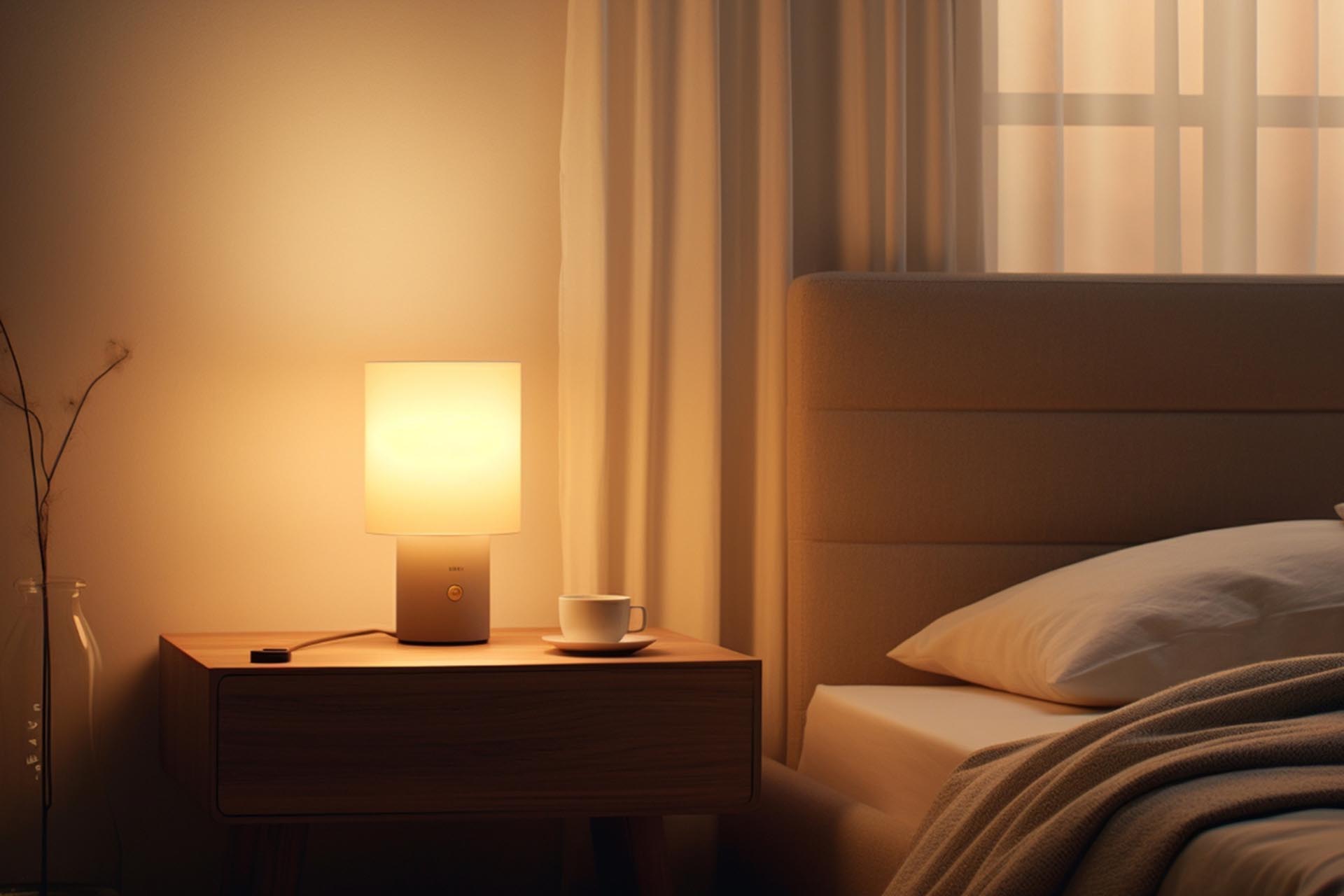
MD, ScD, Professor Dušan Vešović is on LinkedIn

Worried about your risk of type 2 diabetes?
Along with the usual preventive measures like diet, exercise, and when necessary, medications, there’s another simple and risk-free strategy that might help: turning off the light at night.
A recent study published in The Lancet found that people exposed to the most light between 12:30 AM and 6 AM were 1.5 times more likely to develop diabetes than those who remained in darkness during those hours.
This study adds to the growing body of evidence linking nighttime light exposure to type 2 diabetes risk. Unlike previous large studies that used satellite data of outdoor light levels, this recent study focused on personal light exposure measured directly on individuals using a wrist-worn sensor.
"Previous studies likely underestimated the effect," said study author Dr. Andrew Phillips, professor of sleep health at Flinders University in Australia, "since they didn’t capture indoor light environments."
Using data from 85,000 participants from the UK Biobank, this study is the largest to date linking diabetes risk to personal light exposure at night.
"This is a phenomenal study," said Dr. Courtney Peterson, a scientist at the University of Alabama at Birmingham’s Diabetes Research Center. "This is the first large-scale study looking at people’s light exposure patterns and linking it to their long-term health."
Participants wore light sensors for a week, recording day and night light from all sources — whether from sunlight, lamps, streetlights, or digital screens. The researchers then tracked participants for 8 years.
"About half of the people we looked at had very dim levels of light at night, less than one lux — which basically means less than candlelight," said Phillips. "These people were protected against type 2 diabetes."
Those exposed to more light at night — defined in the study as 12:30 AM-6 AM — had a higher risk for type 2 diabetes. The risk increased in a dose-response manner: the brighter the light exposure, the higher the diabetes risk.
Participants in the top 10% of light exposure — exposed to about 48 lux, or the equivalent of relatively dim overhead lighting — were 1.5 times more likely to develop diabetes than those in the dark. This risk increase is comparable to having a family history of type 2 diabetes.
Even after controlling for factors like socioeconomic status, smoking, diet, exercise, and shift work, the strong relationship between light exposure and diabetes risk persisted.
The results aren’t entirely surprising, said endocrinologist Dr. Susanne Miedlich from the University of Rochester Medical Center. Light at night can disrupt the circadian rhythm, or the body’s internal 24-hour cycle. Circadian rhythm is crucial for various biological processes, including blood sugar management.
The internal clock regulates food intake, sugar absorption, and insulin release. Disruption in circadian rhythm is associated with insulin resistance, a precursor to type 2 diabetes.
Phillips speculated that the sleep hormone melatonin also plays a role. "Melatonin does many things, but one of its functions is managing our glucose and insulin responses," Phillips said. "Chronic light exposure at night reduces melatonin levels, which in the long term could lead to poor metabolic outcomes."
Previous studies have explored melatonin supplementation for managing diabetes, but results have not been promising.
Source:
https://www.thelancet.com/journals/lanepe/article/PIIS2666-7762(24)00110-8/fulltext#%20